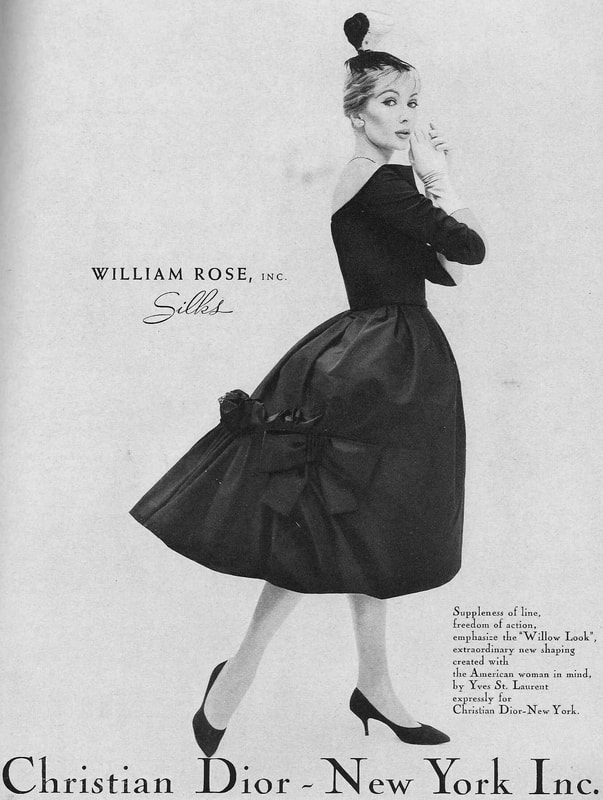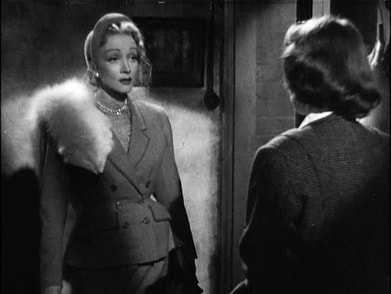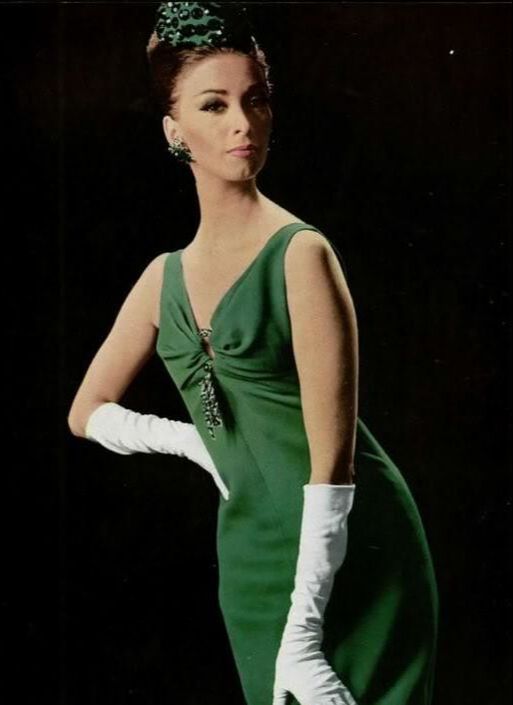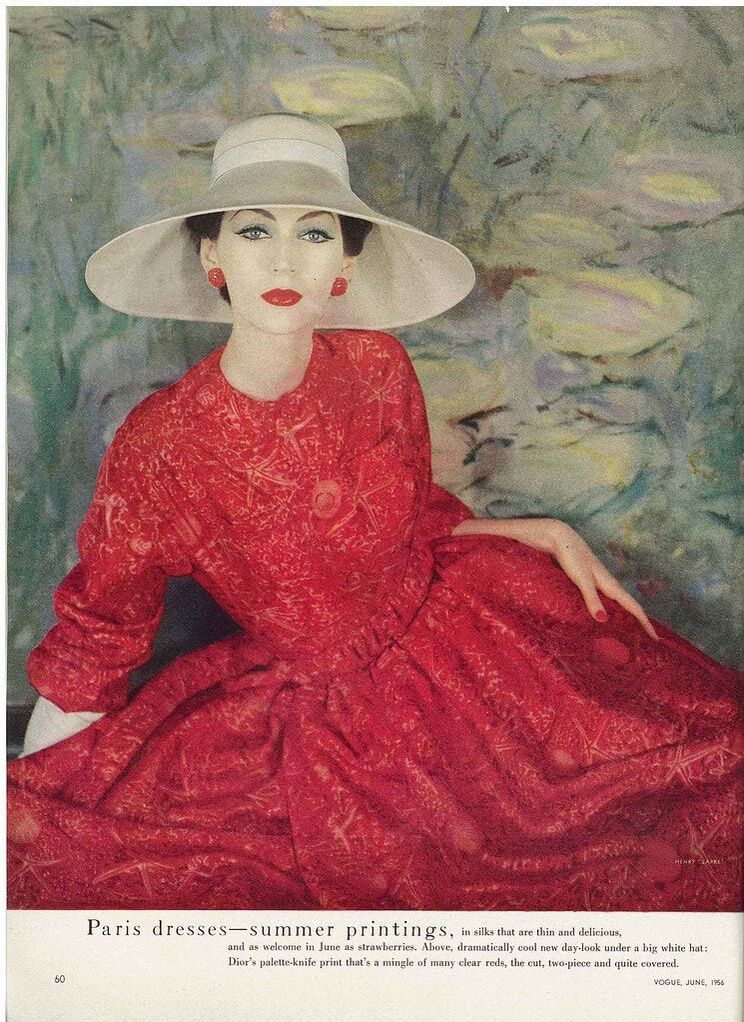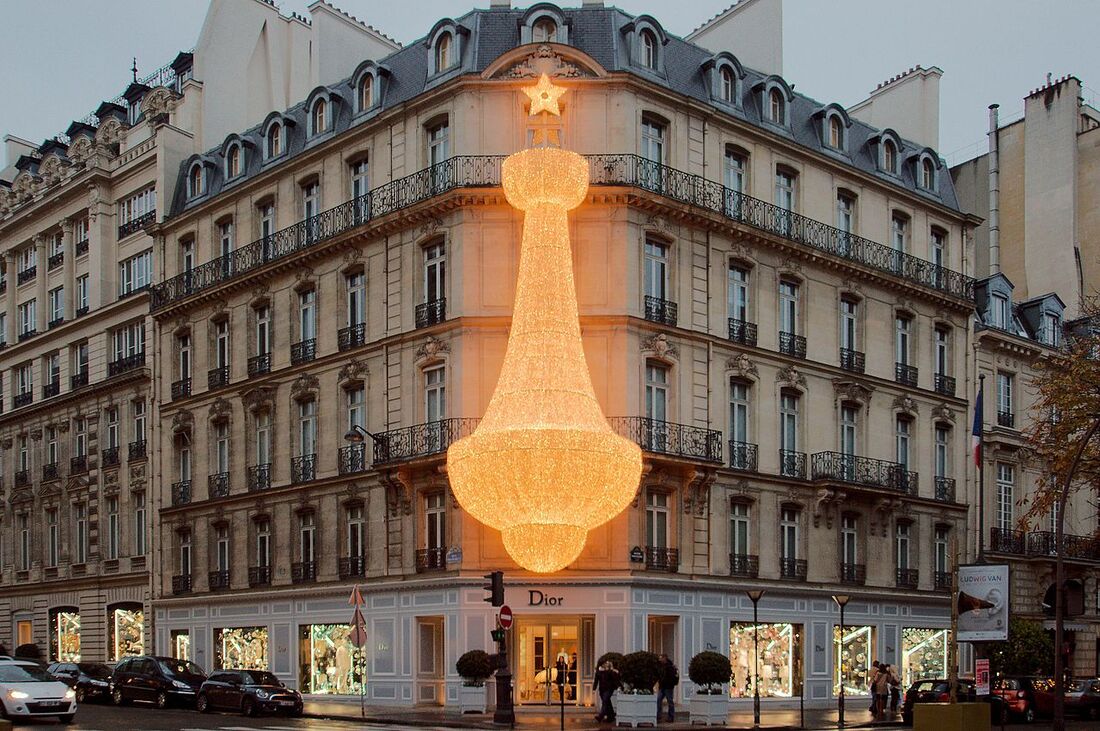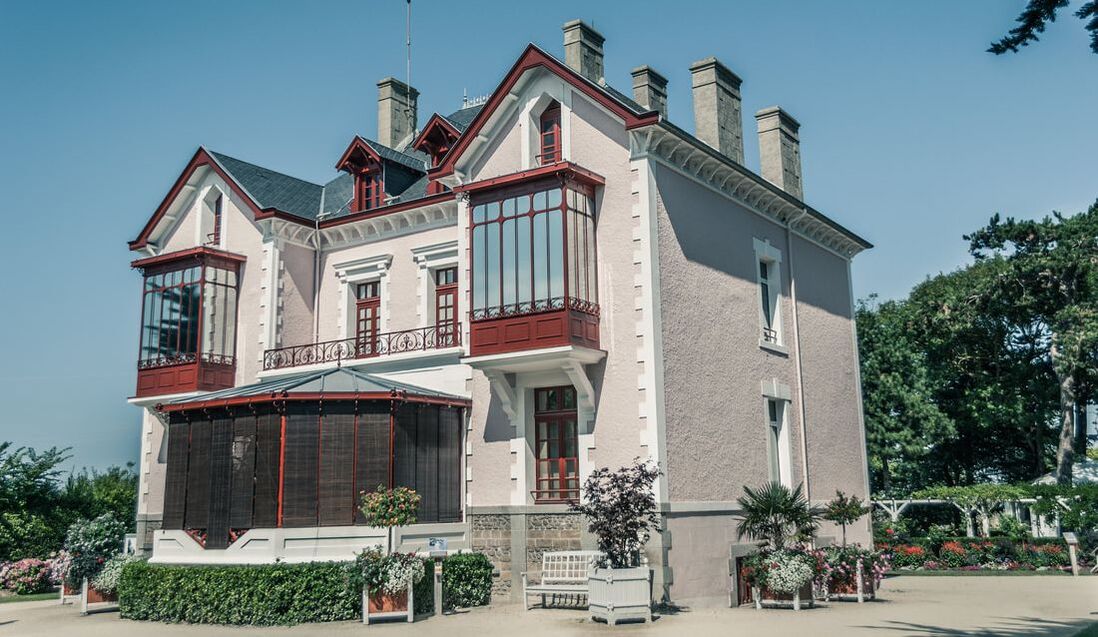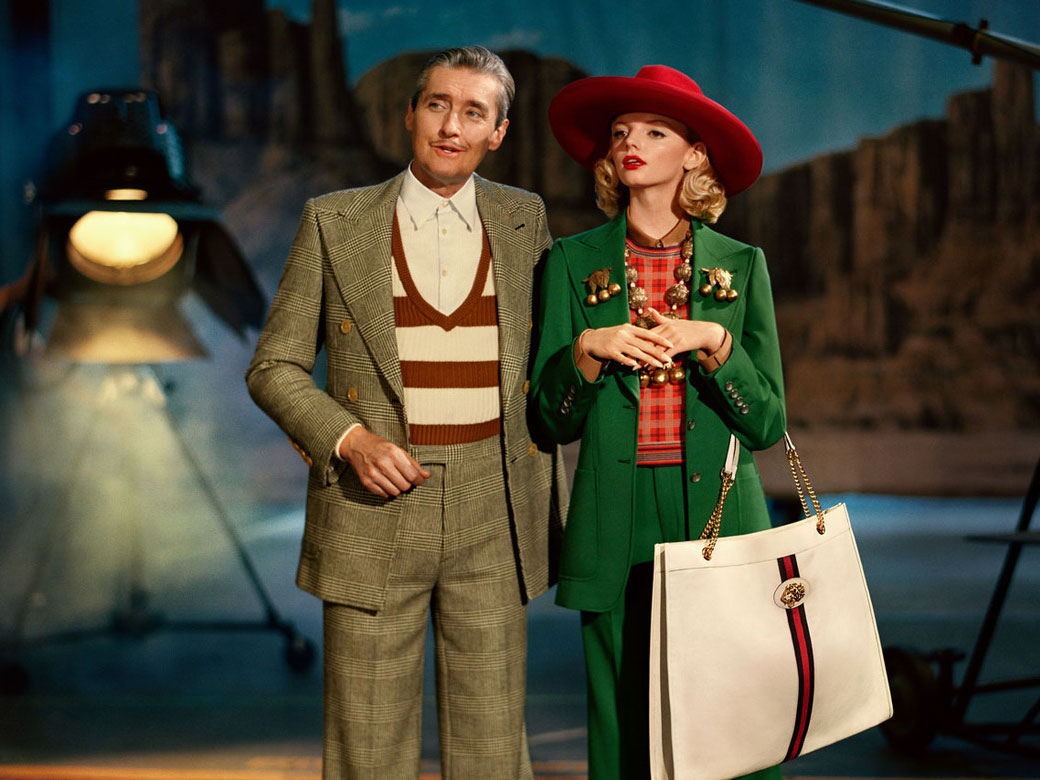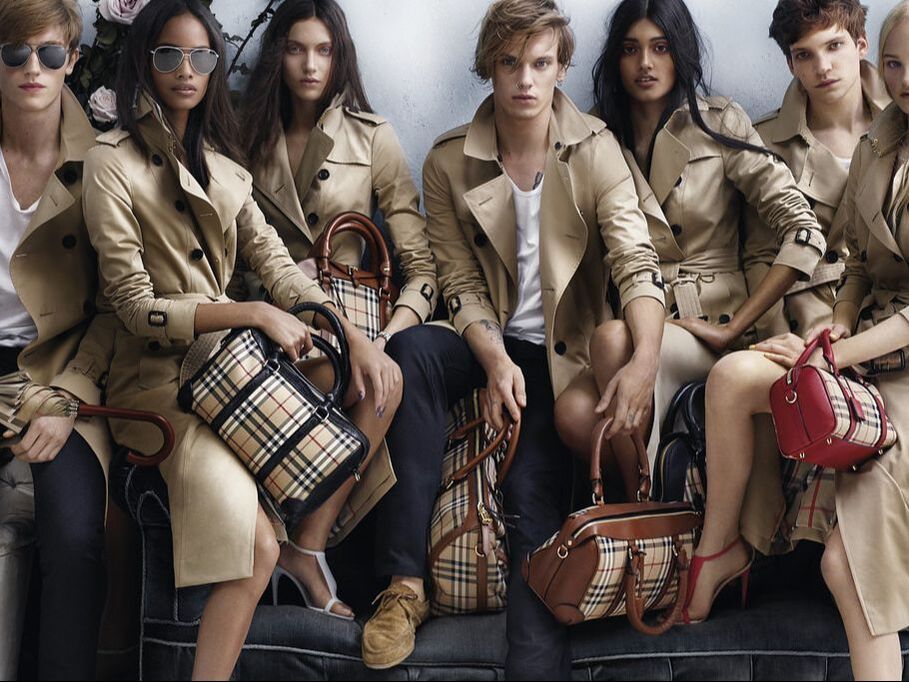|
15/7/2020 House history: The Dior timelineNow an international household name and one of the world’s most coveted fashion brands, the eponymous founder of Dior was, in fact a relatively late bloomer. By the time he formed his label aged 40, Dior had lived a full and turbulent life. Born to wealth and comfort, the Dior family suffered financial ruin during the crash of 1929, leaving a well-educated but penniless Christian Dior to make his own way in the world. Following his instincts - and with the help of his numerous lucky charms - Dior went on to not only make himself a success but transform the way the world would think about fashion forever. 1946Aged 40 and having honed his craft at numerous great Parisian fashion houses, Dior turns down an offer to become artistic director of the Philipe et Gaston fashion house. After an incident in which he tripped over a star on the Rue du Faubourg Saint-Honoré, he follows his superstition (and the advice of one of his beloved clairvoyants) and decides to strike out on his own. After much deliberation, Dior chooses 30 Avenue Montaigne as his Parisian headquarters and sets about reimagining it in his vision. Victor Grandpierre was entrusted with the interior design, which was inspired by the neoclassical Louis XVI style favoured by Christian Dior.
1950Dior takes his designs on a tour of the US. His American popularity is further bolstered when he designs Marlene Dietrich’s costumes for Alfred Hitchcock’s Stage Fright. Pierre Cardin departs Dior to form his own fashion house. 1951Dior collaborates with Salvador Dali to create costumes for Charles de Beistegui’s Ball of the Century. He also publishes his first book: Je Suis Couturier. 1953Now employing over 1,000 people across 28 workshops, the once modest Avenue Montaigne showroom has become a vast five-storey labyrinth of ateliers, workshops and show spaces. A modern employer, the complex also included a relaxation room for models, an infirmary, a subsidised cafeteria and a bedroom next to Christian Dior’s office. To this day the space remains the brand’s global flagship and an inspiration for everything from perfumes to ready-to-wear. This year also sees Dior partner with Roger Vivier to introduce a made-to-measure shoe line as well as launch the brand's first lipstick.
1961Elizabeth Taylor wears a Soiree a Rio dress with green chiffon top and ivory faille skirt to collect her Academy Award for best actress. The first Dior boutique opens in London. 1967The Dior brand expands with the creation of the Miss Dior ready-to-wear line and the inauguration of the first Baby Dior childrenswear boutique in Paris. 1968The creation of Dior Cosmetics sees the brand introduce its first comprehensive beauty range. Later this year Parfums Christian Dior is sold to Moët Hennessy. 1970Marc Bohan designs Dior’s first mens ready-to-wear collection. 1978The Marcel Broussac Group, which helped finance the formation of Dior in 1946, files for bankruptcy. The Dior trademark and assets are sold to the Willot Group. 1981Dior is chosen by several notable guests, including Princess Grace of Monaco, Queen Alexandra of Yugoslavia and Lady Pamela Hicks, to create gowns for the wedding of Prince Charles and Lady Diana Spencer. 1984After the Willot Group files for bankruptcy in 1982, a group of directors led by Bernard Arnault buys Dior for a symbolic one franc. Arnault is appointed president of the Christian Dior Company the next year. 1987The 40th anniversary of the brand is celebrated with an exhibition - Homage to Christian Dior: 1947-1957 - at the Museé des Arts Decoratifs in Paris. 1989Marc Bohan leaves Dior for Norman Hartnell. Gianfranco Ferré is appointed artistic director of women’s collections. 1995The Lady Dior bag is created in honour of Princess Diana and immediately joins a line-up of must-have Dior It bags. 1996John Galliano replaces Gianfranco Ferré as artistic director of women’s collections. The Christian Dior: 1947-1957 exhibition is held at New York’s Met Museum to mark the 50th anniversary of the house. 1997The Granville mansion once owned by the Dior family - and repossessed by the town during the 1929 crash - is transformed into the Christian Dior museum. The Avenue Montaigne boutique also reopens with new interiors by Peter Marino. 1998Victoire de Castellane is appointed the first artistic director of Dior Fine Jewellery. 2000Hedi Slimane is appointed artistic director of Dior Homme. 2007Kris van Assche replaces Hedi Slimane as creative director of Dior Homme. A retrospective fashion show is held at the Palace of Versailles to celebrate the 60th anniversary of the Dior brand. 2011Following an anti-semitic outburst in a bar in Paris, John Galliano leaves Dior and is replaced the following year by Raf Simons. 2016Raf Simons resigns on good terms and is replaced by Maria Grazia Chiuri, who joins Dior from Valentino. 2017The Arnault family buys out minority investors in Dior for $13 billion, folding it into the LVMH luxury empire. 2018Kim Jones replaces Kris Van Assche as head of Dior Homme. Joining from Louis Vuitton, his first outing is not a show but the morning suit worn by David Beckham to Prince Harry’s wedding. 2020The coronavirus pandemic sees Dior present both its AW20 Couture and SS21 Menswear collections in purely digital formats. While Maria Grazia Chiuri remains traditional, with a fashion film named Le Mythe de Dior featuring miniaturised versions of the collection in homage to 1945’s Théâtre de la Mode travelling exhibition, menswear designer Kim Jones takes critics of house’s diversity head on with a digital show featuring all black models created in collaboration with painter Amoako Boafo.
|
Search by typing & pressing enter

